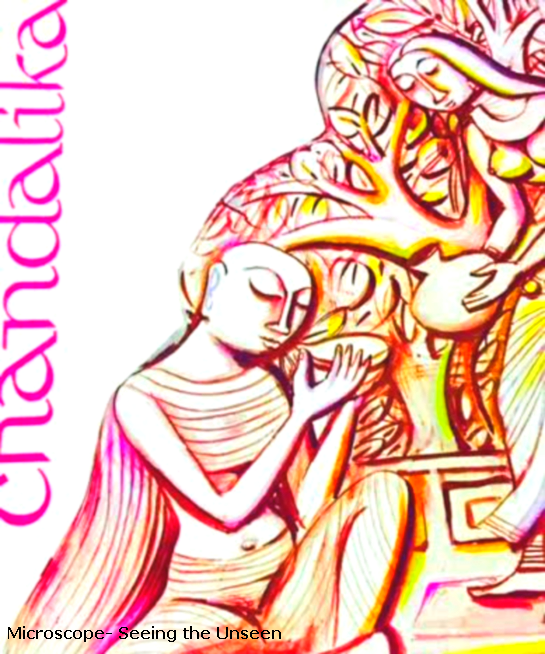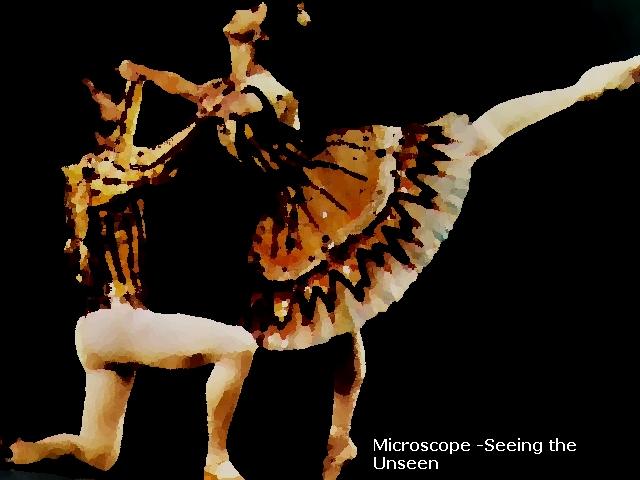“Classics are books which, the more we think we know them through hearsay, the more original, unexpected, and innovative we find them when we actually read them.
Italo Calvino”
I made up this blog post in my mind , discussed it with my friends and retained it in my mind. This is a very old tradition known as “oral literature” spoken, not written. Now I am writing it after 10 days.
6 reasons why Pathologists should read Classic Literature:
- Reading literature keeps your brain sharp and agile. Mental exercise can improve one’s chances of escaping Alzheimer disease. As you grow older you may forget little things. This is not dementia, it is natural process of aging. Pathologist are constantly using their brain. One has to promptly remember differential diagnosis of every case, order for appropriate special stains, issue reports as soon as possible. If you are practising medicine for a long time, it is expected you have read most of the medical books in your subject. For active, healthy brain try reading classic literature by authors of different race and culture.

A scene from Iliad during battle between Achilles and Hector before the walls of Troy. Homer’s epic poems the Iliad and Odyssey deal with the 10 year’s seige of Troy by Greeks and return of hero Odysseus ( or Ulysses) from the war, in which he has marvellous adventures. Image – Image collection of Dr Sampurna Roy MD.
2. You are an academic and working with people from different countries, race and religion. To know your colleague better read a famous novel from his/her country. It is the best way to know the culture of a different nation. Your colleague will be delighted if you recite few lines from a book of his native country.

The Arabian Night’s Entertainment is a collection of old stories written in Arabic which were first translated into English in 1840. Some have become very popular, like Alibaba and Forty Thieves, a scene from which is illustrated here. Image – Image collection of Dr Sampurna Roy MD.
3. Your research is successful. You have made a great discovery !! You want to name a disease or a new tumour, which only you have diagnosed. You can put your own name to a Tumour or a Syndrome (Eponym). It is more fun if you use the name of a popular literary character. If you are well-read and familiar with the characters of various classic literatures, the naming procedure will be much easier. Example : Alice in Wonderland Syndrome and Pickwickian Syndrome.

One hot summer afternoon Alice chased a white rabbit down a rabbit hole and began her strange Adventure in Wonderland. This story by Lewis Carroll is one of the most famous children’s books ever written but it appeals to people of of all ages. Carroll’s real name was Charles Dodgson. (1832-98). and he was a lecturer in Mathematics at Oxford. Image – Image collection of Dr Sampurna Roy MD. Read: Alice in Wonderland Syndrome ; The disease and the story of Alice’s Adventure.
4. Some great authors like Charles Dickens , Sir Arthur Conan Doyle, Shakespeare have described many medical conditions in their novels. If you are familiar with their writings, you can spice up your lecture by quoting from their books, write medical articles and blog posts.
Read: 14 things Pathologists can learn from Sherlock Holmes

Some of the best known characters from the works of Charles Dickens are grouped together in this drawing. Image – Image collection of Dr Sampurna Roy MD. Read: 7 things Doctors can learn from Novels by Charles Dickens
5. If you are blogging on a serious medical subject, knowledge gained from literature will help you to be more creative. It will help you to make a boring subject more exciting.
6. Read classic literature to avoid digital distraction. After a busy day a beautiful novel can have a relaxing effect on your mind. You will get a good night’s sleep and be more productive in the morning.
Enjoy images from some timeless classics from my personal scrapbook collection:

The famous episode from Miguel de Cervantes’s Don Quixote when the hero is about to tilt at windmills, imagining them to be giants. Don Quixote is about the adventures of a foolish and charming knight who wanted to achieve world wide fame. All kinds of everyday things are seen by him as fearsome and exciting. The book was written as a satirical romance on tales of chivalry. Image – Image collection of Dr Sampurna Roy MD.

A scene from Beowulf, the epic Anglo-Saxon poem of the 6th century, which shows the hero Beowulf about to be confronted by Grendel – half monster and half man, in the castle of Hrothgar, king of Denmark. Beowulf eventually kills the monster which had terrorised the castle and its inhabitants. Image – Image collection of Dr Sampurna Roy MD

The scene from Gulliver’s Travels where Gulliver is captured by the Lilliputians. Image- Image collection of Dr Sampurna Roy MD

The songs of the troubadours originated in Provence – South France. Image- Image collection of Dr Sampurna Roy MD

The wars between the Greeks and Persians, which Herodotus recorded in his celebrated history, included the famous sea battle at Salamis. This was fought in 480 BC between a Persian fleet which is said to have numbered over 800 ships and a much smaller Greek force. Despite the odds against them the Greeks won a great victory and destroyed or captured a large part of Persian fleet. Image- Image collection of Dr Sampurna Roy MD

Fennimore Cooper’s Last of the Mohicans is an exciting tale about the American west. Image – Image collection of Dr Sampurna Roy MD.

A scene from Tom Thumb, one of the fairy tales by the Grimm brothers. These two brothers were learned professors of the German language and literature but they are remembered today for their folk and fairy tales. Image – Image collection of Dr Sampurna Roy MD.
“Where the mind is without fear
and the head is held high, where knowledge is free.
Where the world has not been broken up into fragments by narrow domestic walls.
Where words come out from the depth of truth, where tireless striving stretches its arms toward perfection.
Where the clear stream of reason has not lost it’s way into the dreary desert sand of dead habit.
Where the mind is led forward by thee into ever widening thought and action.
In to that heaven of freedom, my father,
LET MY COUNTRY AWAKE!”by Rabindranath Tagore, Gitanjali































